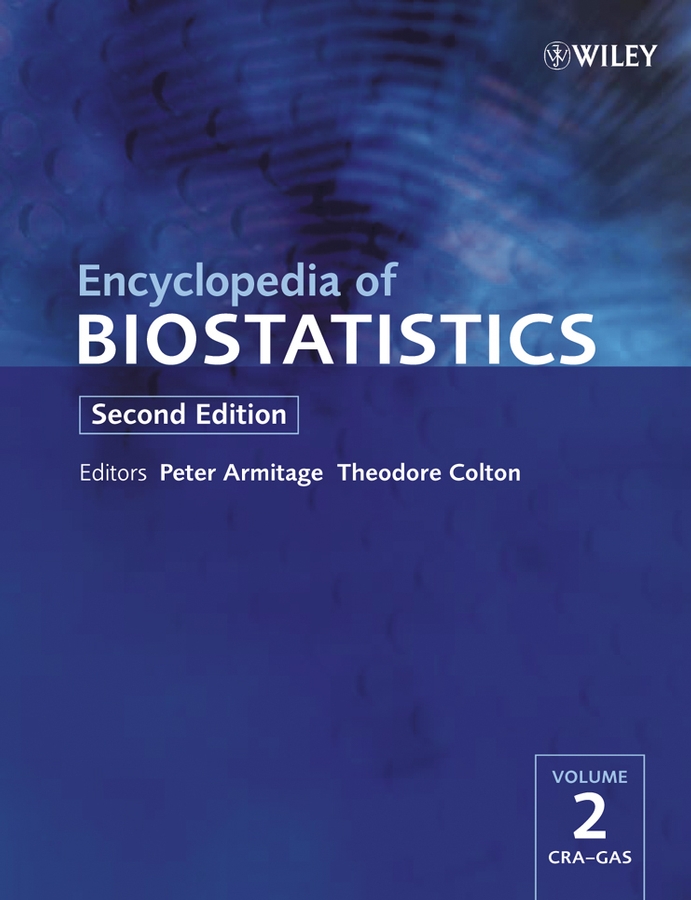Dose–Response Models in Risk Analysis
Abstract
Various biological insults, such as exposure to hazardous chemicals, pose a risk to human health. For various purposes, including attempting to set safe limits of exposure, it is useful to quantify the risk. Direct evidence from human exposure is seldom available and most substances are assessed through bioassays on animals. The form of the dose–response relation obtained from these studies is important, as extrapolation to doses lower than those used in the experiments is necessary to try to estimate risks at the doses encountered in human exposure. Various dose–response models are presented, including multistage and multimutation carcinogenesis models. Models for continuous data are also mentioned. Models for litters are discussed as these are important in reproduction and developmental studies.



